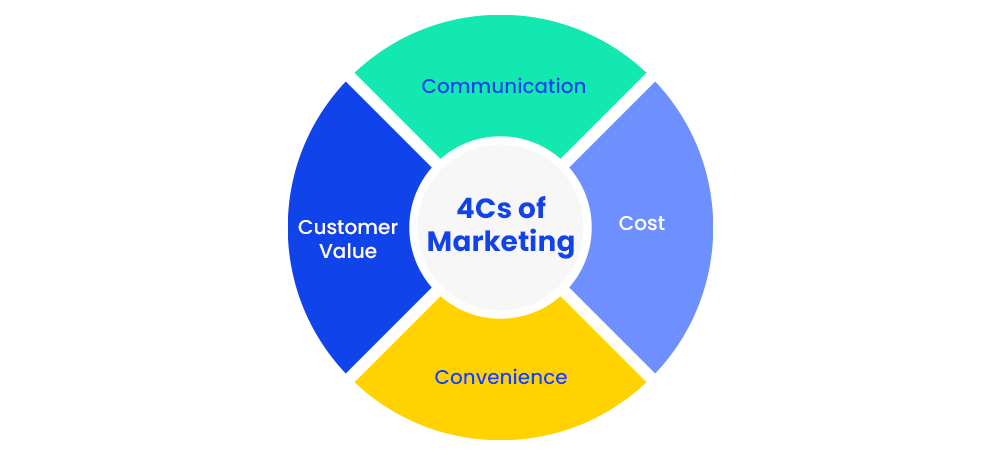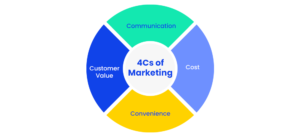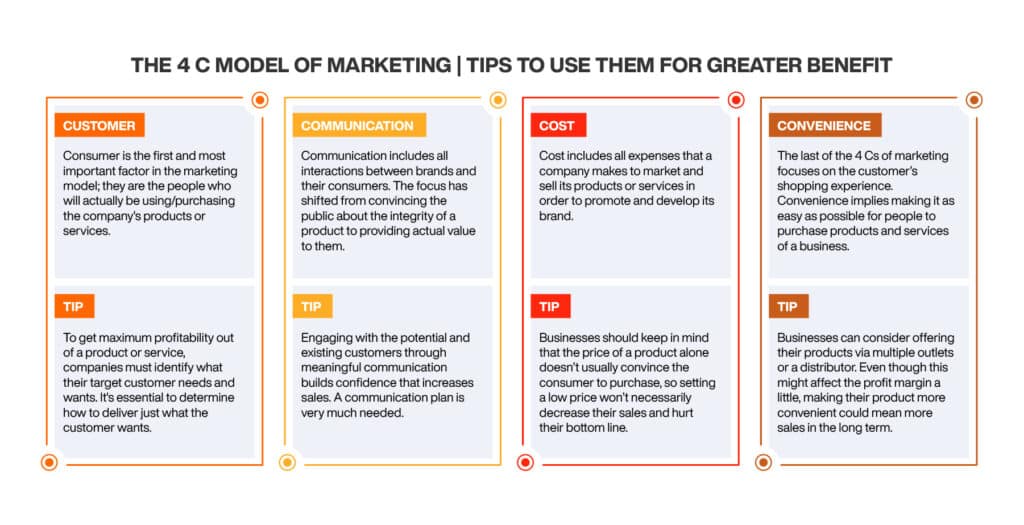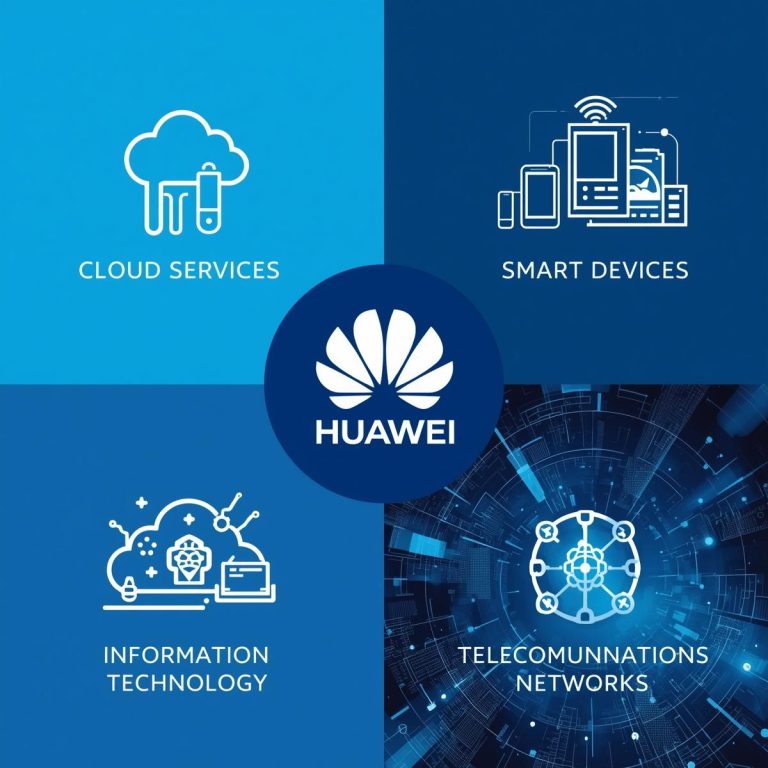

The 4Cs of marketing are a customer-centric approach that focuses on building and maintaining customer relationships. The 4Cs stand for Customer, Cost, communication, and Convenience. In this section, we will explore each of these in detail.

Source Image: https://www.onlinemanipal.com/blogs/4-c-of-marketing
- Consumer.
Marketers are aiming to communicate with this specific demographic of consumers. To gain an understanding of this audience, as well as their requirements and preferences, a significant amount of pre-market research must be carried out.
Using methods such as questionnaires, focus groups, and conversations with current clients, marketers will be able to accomplish this goal.
An example of a consumer profile might be as follows:
- Individual characteristics such as age, gender, and social class are examples of who they are as a person.
- Which aspects of their lives motivate them, which will determine the reasons why consumers purchase particular things.
- In what manner they act when making decisions regarding what to get, where to purchase it, and what to utilize.
- The location of their preferred shopping spot, which is likely to have an impact on the place where they purchase particular items.
- They have preferences with regard to particular aspects, such as brands, styles, and features, among other things.
- Cost
Due to the fact that consumers are influenced by the price that is charged for a product or service, price is a crucial component of marketing communication.
When it comes to marketing a product, it is not enough to just charge the highest feasible price because doing so may discourage potential buyers.
Rather than that, it is the responsibility of marketers to determine what pricing is acceptable to the customer while also being profitable for the company.
Due to the fact that various customers will have varying ideas about what constitutes a reasonable price for a product, it is essential that marketing communication take into account the cost of the product.
For instance, if a company were selling a luxury item and wanted to attract customers with high incomes, they would charge a higher price for the item.
On the other side, in order to attract customers with smaller incomes, they would charge a cheaper price.
- Convenience
It is likely that convenience is a significant element that a consumer will take into consideration when determining where they should go to purchase a product.
In order to entice customers to buy a product, it must be located in a location that is not too far away and is not too difficult for them to access.
As an illustration, if you are offering a thing online, it is imperative that you make it apparent how individuals can acquire the product.
Additionally, the website must be user-friendly, functional, and simple to use in order to be successful.
It is inevitable that customers would purchase elsewhere if they are unable to access the website.
- Communication
This is a reference to the kind of relationship that exists between a company and its clients. Not only is it necessary to provide outstanding service, but it also needs to be interesting and involve the clients.
As a result of their need to feel as though they are a part of the process, marketers are obligated to present them with possibilities for involvement.
As an illustration, if you are selling clothes online, it is important for buyers to have the opportunity to express their opinions regarding the goods.
To accomplish this, you might ask them for their opinion or give them the opportunity to provide feedback.
Engaging with clients can be accomplished through the utilization of various tools, such as social media.






